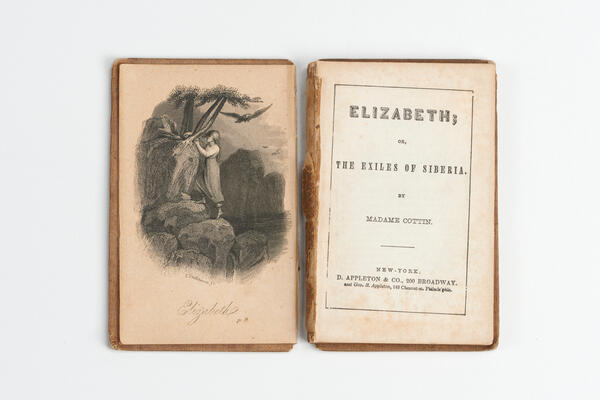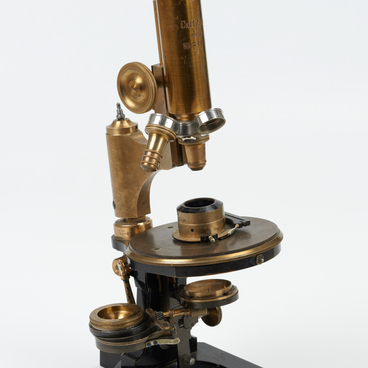‘Elizabeth; or, The Exiles of Siberia’ is one of the novels of the French writer of the early 19th century, Marie-Sophie Cottin.
Cottin, née Ristaud, was born in the city of Tonneins of south-western France in 1770. She spent her childhood in Bordeaux. At the age of 16, the girl was married to the banker Jean-Paul-Marie Cottin, and they together moved to Paris. During the French Revolution, the banker died, and Sophie’s relatives were executed, despite giving a bribe — part of the inheritance — to the prosecutor Antoine Fouquier.
Sophie Cottin wrote five novels; her works were published under the name Madame Cottin. For a time, her books were successful, and they were translated into many languages, including Russian, but later they were forgotten.
Sophie Cottin dedicated her first novel “Claire d”Albe” to her compatriots forced to leave France. Later, four more books were published: “Malvina”, “Amelie Mansfield”, “Mathilde, or Notes taken from the History of the Crusades”, “Elizabeth; or, the Exiles of Siberia”.
“In Russia, readers of the magazine “Herald of Europe” [Vestnik Europy] first learned about the publication of this novel”, says Tatyana Savchenkova, an Ishim local historian, in her book.
Cottin, née Ristaud, was born in the city of Tonneins of south-western France in 1770. She spent her childhood in Bordeaux. At the age of 16, the girl was married to the banker Jean-Paul-Marie Cottin, and they together moved to Paris. During the French Revolution, the banker died, and Sophie’s relatives were executed, despite giving a bribe — part of the inheritance — to the prosecutor Antoine Fouquier.
Sophie Cottin wrote five novels; her works were published under the name Madame Cottin. For a time, her books were successful, and they were translated into many languages, including Russian, but later they were forgotten.
Sophie Cottin dedicated her first novel “Claire d”Albe” to her compatriots forced to leave France. Later, four more books were published: “Malvina”, “Amelie Mansfield”, “Mathilde, or Notes taken from the History of the Crusades”, “Elizabeth; or, the Exiles of Siberia”.
“In Russia, readers of the magazine “Herald of Europe” [Vestnik Europy] first learned about the publication of this novel”, says Tatyana Savchenkova, an Ishim local historian, in her book.
A small note said: “A new novel 'Elizabeth; or, The Exiles of Siberia' by Madame Cottin, a famous writer of a few novels and, by the way, the writer of 'Mathilde'. Many readers remembered the story of the girl Lupolova, who walked from Siberia to St. Petersburg on foot, driven by a child’s love”.



